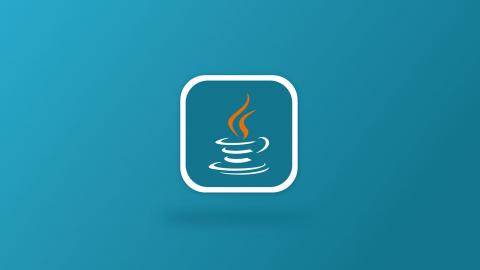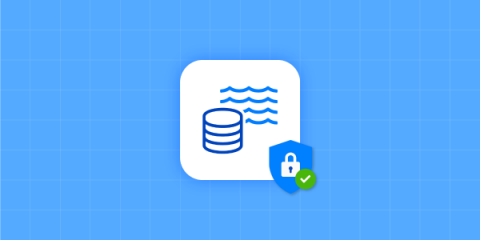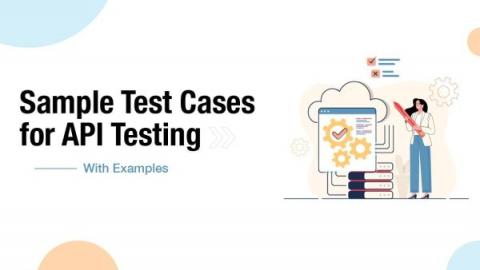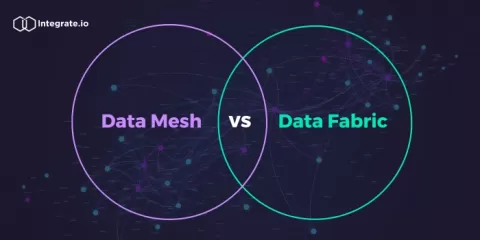6 Process Bottleneck Examples and How to Fix Them
If you asked anyone at your organization, there’s no question they could name at least one business process that needs streamlining—probably they could name several. That’s the hard truth for leaders looking to gain digital transformation speed in pursuit of critical business goals, like faster customer onboarding and faster time to market.











